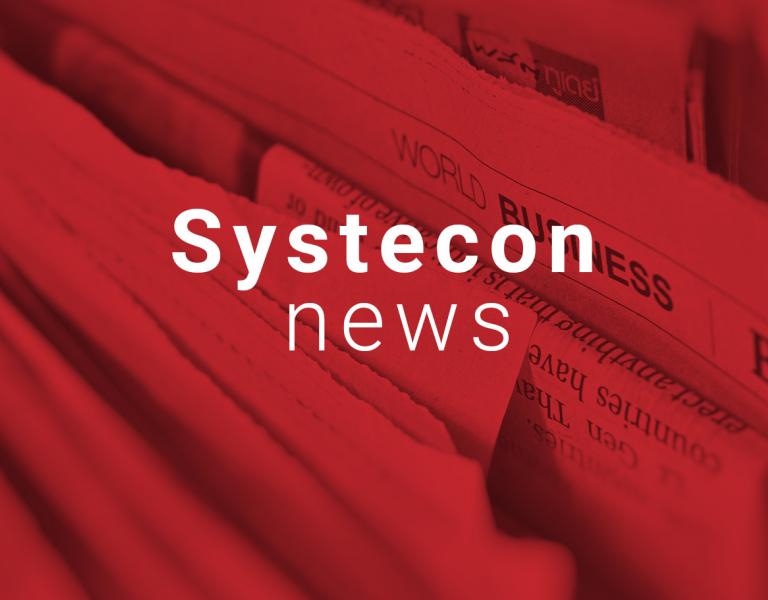
Systecon Presents Paper at the Defence Collaboration and Logistics Conference in Amsterdam
Systecon participated as speakers and as a leader of round table discussions at the 4th Annual Defence Collaboration and Logistics conference in Amsterdam on April 9-11.
Systecon participated as speakers and as a leader of round table discussions at the 4th Annual Defence Collaboration and Logistics conference in Amsterdam on April 9-11.
Mr. Robert Hell, Managing Director of Systecon, presented a paper called “Decision making in Life Cycle Management – An Analytical Approach”. The abstract for the paper follows below. Please contact us if you want a copy of the complete paper.
Decision Making in Life Cycle Management - An Analytical Approach
How do you make sure that availability performance of your systems is good enough, and that the cost for achieving it is not too high? Throughout the life cycle of an advanced technical system, like an aircraft, train or power plant, countless decisions are made, on high and detailed levels, which have major impact on both overall performance and total ownership cost. Some are even decisive for the ability to reach the objectives.
Surprisingly often, such decisions are based on gut feeling only, or on very limited analyses. One reason may be that it is perceived to be too difficult and/or time consuming to get proper decision support. Lack of qualified data and uncertainties in early phases are seen to make it impossible to conduct meaningful research. In most situations however, decision support is not focused on providing exact answers, but rather on choosing the right direction going forward. Therefore, even analyses based on rough estimates, approximations and analogies can make the difference between failure and success.
This paper outlines the fundamentals of successful Life Cycle Management, a method to monitor your systems towards fulfilling the operational needs at the lowest possible Total Ownership Cost. The paper discusses critical decision points in different phases of the systems life cycle and suggests an approach to use modeling and simulation software to answer key questions and provide the required decision support